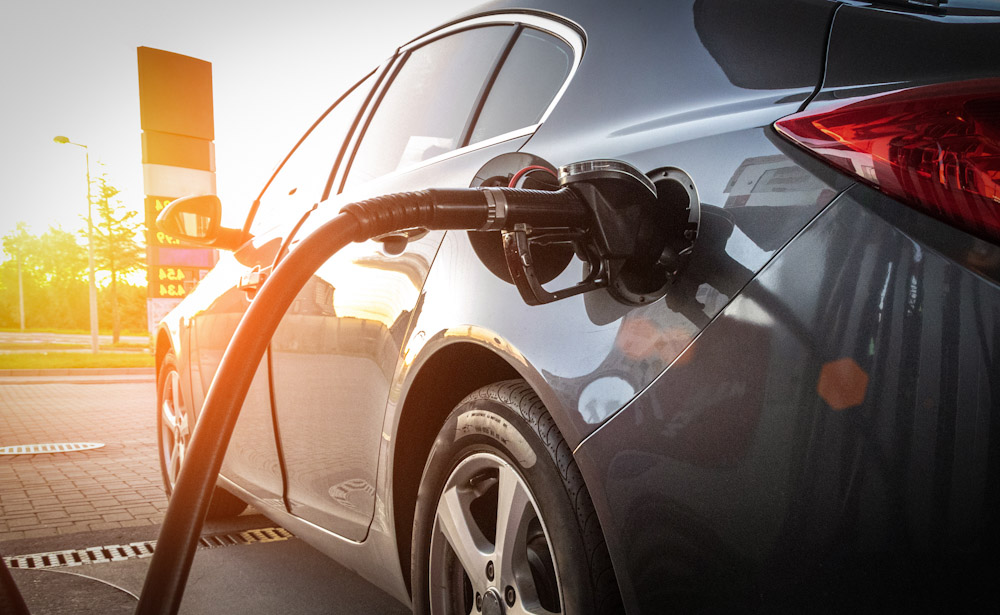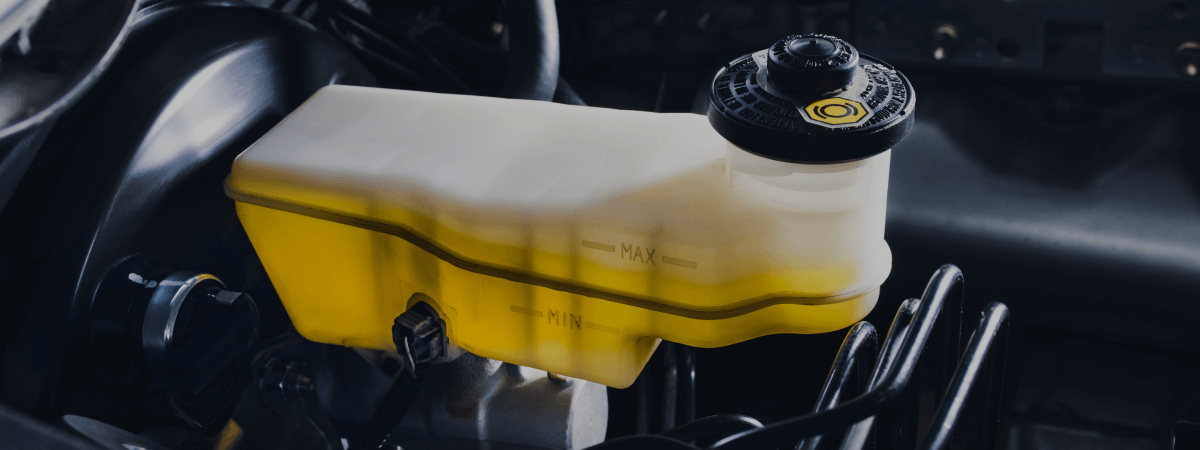
If asked to name the most important resource on the planet, imperative for the building blocks of modern society, what would you say? Of course, the answer would change depending on which age we were looking at. Today, one might argue that data is the most lucrative, game-changing resource available to mankind. Not only can it give new insights into how a person thinks, lives, and spend their money, but it can also help corporations play chess with one another when determining which moves to make in a volatile market. There are numerous think-pieces on why it is good and bad for companies to be able to collect such information on its competitors and customers, and the most data-conscientious among us will go so far as to cover their laptop’s camera and never turn on their phone’s GPS.
However, over the last century and a half, the same types of conversations were being had about oil. The companies that controlled it were becoming too big, the people who used it were becoming too reliant, and society was growing faster than anyone could have anticipated. Like the excitement around Big Data and the internet-of-things today, people have been fired up about oil and all it can do. And why not? It’s a resource of unbelievable power and allure.
The Journey of Gasoline
In his seminal novel Oil!, author Upton Sinclair wrote about the destructive beauty of oil, a resource that we are drawn to because of all it can do when it explodes.
“There was a tower of flame and the most amazing spectacle. The burning oil would hit the ground, and bounce up, and explode, and leap again and fall again, and great red masses of flame would unfold, and burst, and yield black masses of smoke, and these in turn red…the whole mass, boiling and bursting, became a river of fire, a lava flood that went streaming down the valley, turning everything it touched into flame, then swallowing it up and hiding the flames in a cloud of smoke.”
The resource that has become such an integral part of our lives﹘that lights our lamps, propels our cars, and coats our hands as we attempted an oil change﹘begins as a volatile substance mined from underground.
Refinement
Once the crude oil (also known as petroleum) is mined from the earth, it is transported to a refinery where it undergoes a process called distillation. By heating the oil to incredibly high temperatures (over 400 degrees Celsius), the oil changes state from a liquid to a vapor and then cooled down again. As it cools, different products with varying boiling points will turn back into a liquid and siphoned off to be used elsewhere. These products include:
- Butane
- Diesel fuel
- Kerosene
- Propane
While engine oil﹘the kind that is swapped out during an oil change﹘used to be made from crude oil, now the leading brands make synthetic oil that is created from natural gas, which burns cleaner and more efficiently. Eventually, gasoline will be distilled at the refinery, which is then processed with additives to make the substance safe for cars.
Gas in the Car
Once the gas is pumped into the car is goes on another journey as it powers your vehicle. The gas in the fuel tank is siphoned through a line that takes the liquid into a fuel filter. This filter plays an important role in the health of your engine.
- A NOTE ABOUT FUEL FILTERS
-
- Despite the processing regimen, the gas goes through at the refinery, particulates such as gravel and debris can mix with the gas that would be harmful to the car if they found their way into the engine. The fuel filter removes these from the fuel that is to be burned.
-
- It is essential for auto care professionals to look at and periodically replace the fuel filter. While many people aren’t aware of its existence, if a mechanic brings it up, it’s important to listen to what they say.
Eventually, air will become mixed with the gas, which is then ignited by a spark plug within the combustion chamber, creating a small explosion. This turns a crankshaft that makes the wheels turn and keeps the car moving. As the vapor of the fuel combustion is extracted from the chamber, it is moved through a device called a catalytic converter. As the name suggests, the converter changes the harmful makeup of the vapor into a safer blend of carbon dioxide, nitrogen, and water.
- Much like an oil change, brake repair, or fuel filter change, the catalytic converter should be serviced periodically as well.
The safer fuel blend is then fed through the muffler and expelled out the tailpipe.
Related Posts
Key Takeaways On average, passenger vehicle tires last 40,000 to 60,000 miles, depending on type, driving habits, and maintenance. Replace tires when tread depth reaches 2/32”, if damaged, or older than 10 years. Regular rotation, alignment, and proper inflation extend tire life. Aggressive driving, poor roads, and harsh weather shorten tire lifespan. Take advantage [...]
When you think about car maintenance, you probably focus on oil changes, tire rotations, and maybe even brake pad replacement. But what about your brake fluid? If you’ve ever wondered, “What does brake fluid do?” or “Why is brake fluid important?”, you’re not alone. Brake fluid might not be the most talked-about part of [...]
Is that high-pitched squeal from your brakes driving you—and everyone else—crazy? Don’t ignore it. Squeaky brakes aren’t just annoying, they’re your car’s way of saying something needs attention. Whether you're cruising through Salt Lake City or winding up Idaho’s mountain passes, here’s what’s likely going on, how you can fix it, and when it [...]





